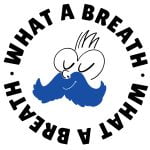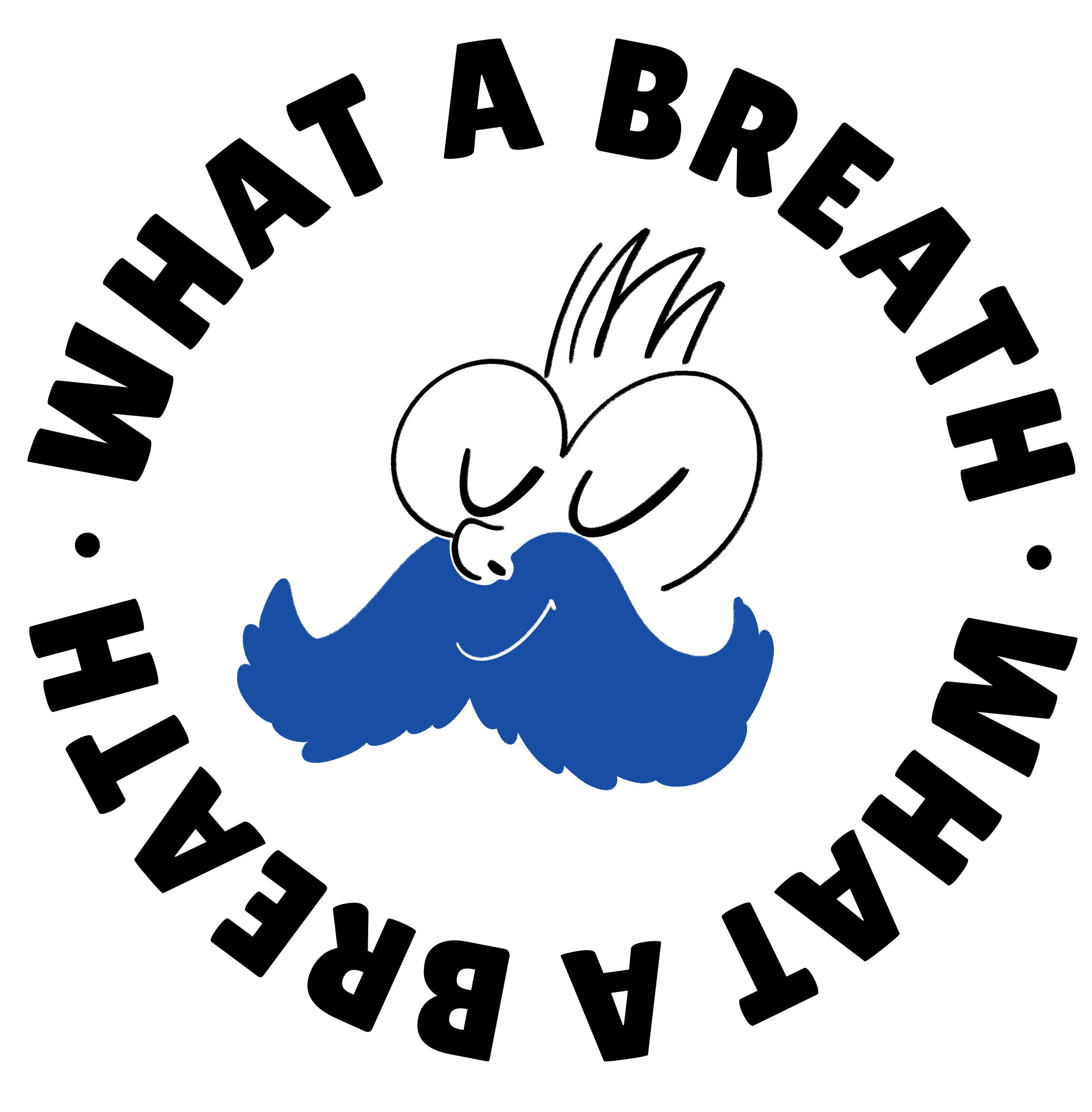Hey there! Today, we're diving into one of the most talked-about and appreciated techniques of recent years: Wim Hof breathing. This method, developed by Dutchman Wim Hof, also known as "The Iceman," promises numerous health benefits.
But before we get into the details, how are you?
It might sound like a typical throwaway question, but I’m serious—if you feel like sharing how you’re doing (even if it’s just about how your day is going or whatever’s on your mind), you can message me on Instagram. Let’s chat!
The Origins of Wim Hof Breathing
Wim Hof became famous for his extraordinary ability to endure extreme cold. He’s climbed snowy mountains in shorts and set world records for ice immersion. Wim Hof breathing is part of a broader method that includes cold exposure and concentration techniques. The breathing technique itself was developed through years of personal practice and experimentation by Hof.
The inspiration for the Wim Hof Method comes from ancient practices, such as yoga pranayama and Tibetan Tummo meditation. However, Wim Hof adapted these techniques into a unique format that has been the subject of various scientific studies to verify its effectiveness.
What is Wim Hof Breathing?
Wim Hof breathing is a controlled hyperventilation technique followed by breath retention. This process aims to influence the autonomic nervous system and immune system, enhancing resilience, focus, and overall well-being.
Key Principles
- Conscious Breathing: Start with deep, intentional breaths, filling your lungs completely and exhaling without forcing it.
- Controlled Hyperventilation: Perform around 30–40 deep breaths, inhaling through the nose or mouth and exhaling through the mouth. This creates a hyperventilation state that saturates the body with oxygen.
- Breath Retention (Apnea): After the final exhale, hold your breath for an extended period (1–3 minutes or longer, depending on your practice).
- Recovery: After breath retention, take a deep breath, hold it for 10–15 seconds, and then exhale. This completes one cycle.
How to Do Wim Hof Breathing
Preparation
- Environment: Find a quiet, safe space where you won’t be disturbed.
- Position: Sit or lie down in a comfortable position.
Step-by-Step Procedure
- Start: Close your eyes and relax. Take 30–40 deep breaths, inhaling through your nose or mouth and exhaling through your mouth. The breathing should be deep but relaxed.
- Final Breath: After the last breath, exhale completely and hold your breath as long as possible. Feel your body and relax.
- Recovery: Inhale deeply, hold the breath for 10–15 seconds, then exhale. This completes one cycle.
- Repeat: Repeat the process for 3–4 cycles.
During the practice, it’s normal to feel tingling or light-headedness. These are signs that your body is responding to the increased oxygen.
Differences Between Wim Hof Breathing and Other Breathing Techniques
Pranayama
Pranayama (covered in this articleis a yogic practice involving various breathing techniques to control prana (vital energy). While pranayama focuses on diverse breathing methods (like Nadi Shodhana, Kapalabhati, etc.), Wim Hof breathing emphasizes controlled hyperventilation and breath retention.
Tummo Meditation
Meditation Tummo, practiced by Tibetan monks, involves breathing and visualization techniques to generate internal heat. Wim Hof breathing shares similarities with Tummo, particularly in its ability to withstand cold, but it’s more accessible and less mystical.
Box Breathing
The box breathing, often used by military personnel and athletes, involves a cycle of inhalation, holding, exhalation, and holding for equal durations (e.g., 4 seconds each). Unlike Wim Hof breathing, box breathing is more balanced and does not involve hyperventilation.
Conclusion
Wim Hof breathing is a powerful technique that combines controlled hyperventilation and breath retention to enhance physical and mental health. Its roots are in ancient practices, but Wim Hof has created a unique and accessible method. Regular practice can lead to significant benefits, including better control of the autonomic nervous system, improved immune response, and increased physical resilience.
For those looking for a way to boost their well-being and better manage daily stress, Wim Hof breathing offers a promising solution. As with any new practice, approach it with caution, and if needed, consult a doctor—especially if you have pre-existing health conditions.
Try Wim Hof breathing and discover how it can transform your life, one breath at a time.






